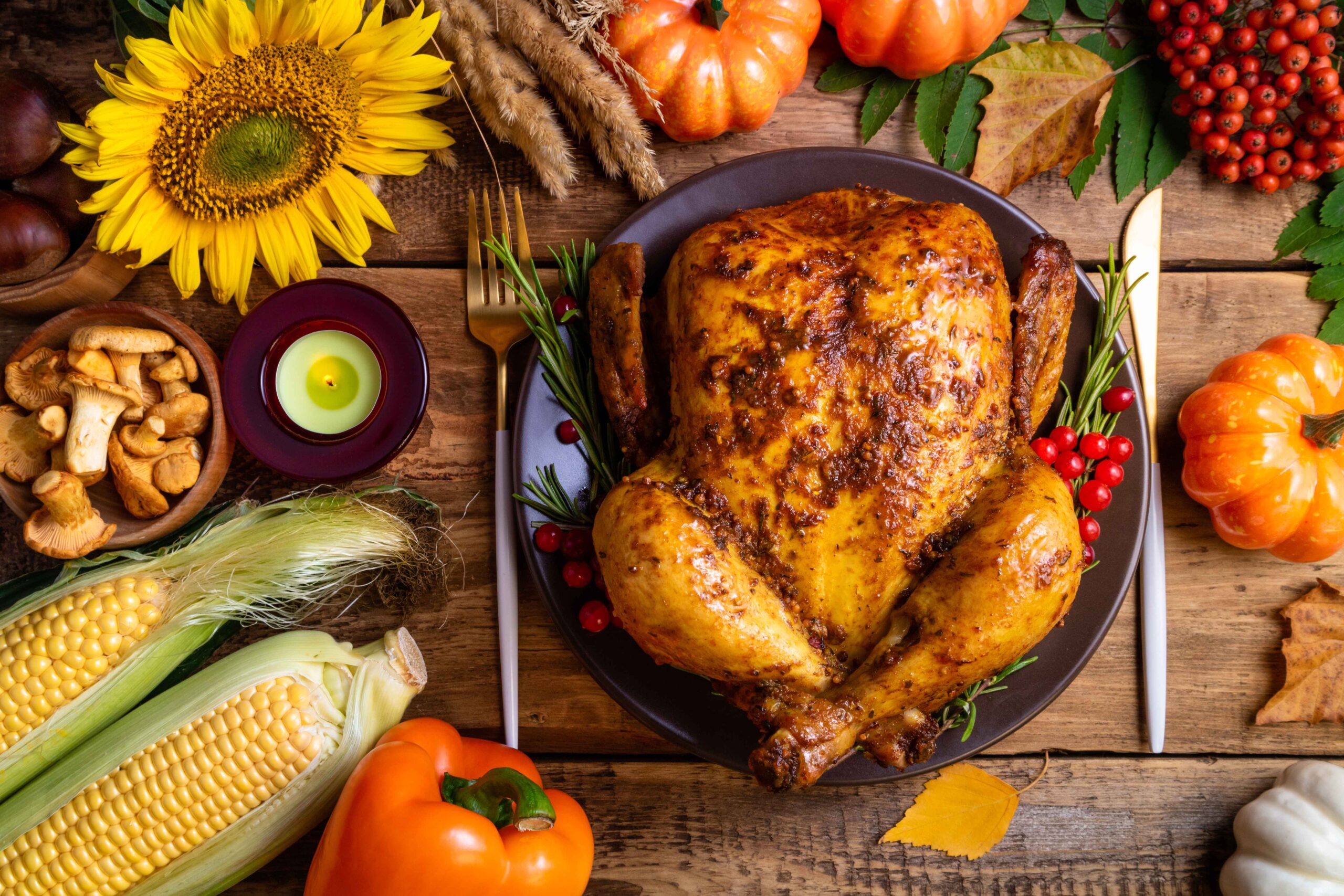
The world’s population continues to grow. There are currently 7.6 billion people living around the world. It is expected that this number will increase to 8.6 billion by the mid-2030s. Such population growth will clearly present many challenges to future governments. Where will everyone live? Perhaps more importantly, what will everyone eat?
Whilst there are clear indications that more and more people are becoming vegetarian, it is likely that people will still demand to eat meat. One of the least expensive meats to produce is chicken. Today, we eat lots of it.
Did You Know?
At any one time, there are about 23 billion chickens being farmed for meat and eggs around the world.
Perhaps surprisingly, before 1948, chicken was not seen regularly on the kitchen table. Small numbers of chickens were kept on farms for eggs. When they stopped laying, they would be sent to the cooking pot for the farmer’s family to eat. Chickens were much smaller then, weighing less than one kilo. Following World War II, there was a much greater demand for food that was high in protein. Could the chicken provide a solution?

A competition called, ‘The Chicken of Tomorrow Contest’ took place in America. The challenge was to develop a new breed of chicken. It had to be fast-growing and able to provide a larger amount of protein at a price that everyone could afford. Contestants were given just 12 months to create a new breed of chicken and a prize of US$5,000 was on offer.
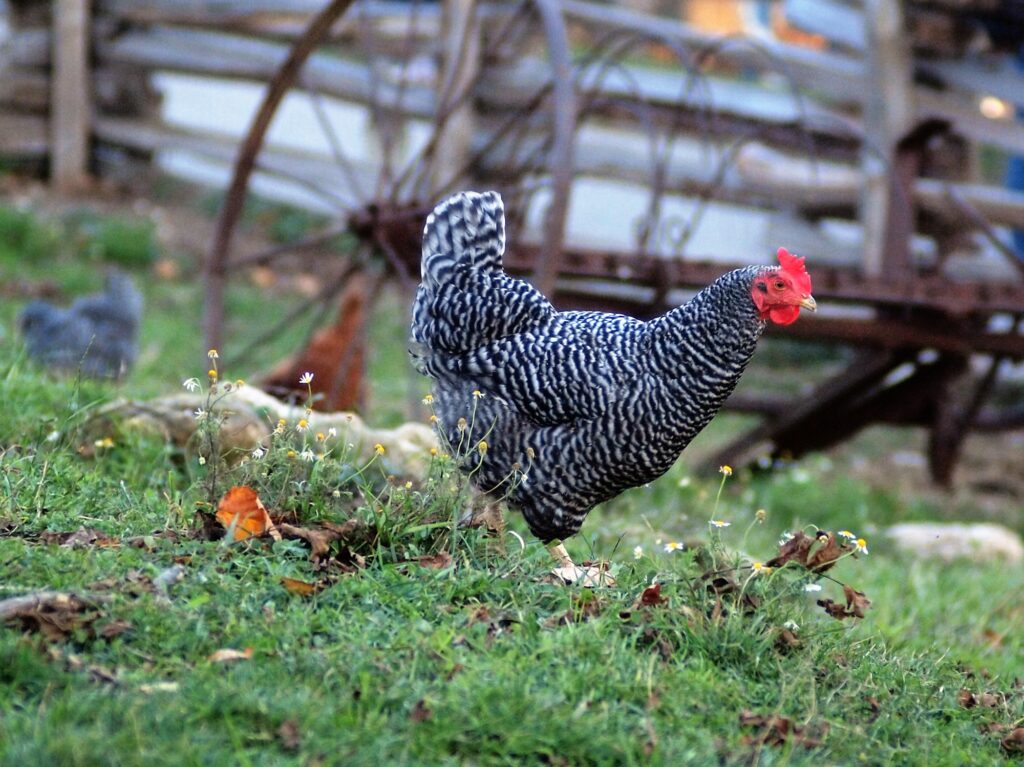
Whilst this seemed to be an excellent idea at the time, the consequences have been quite shocking. New breeds of chicken were developed that are now forced to grow 65 times faster than their bodies would under normal conditions.
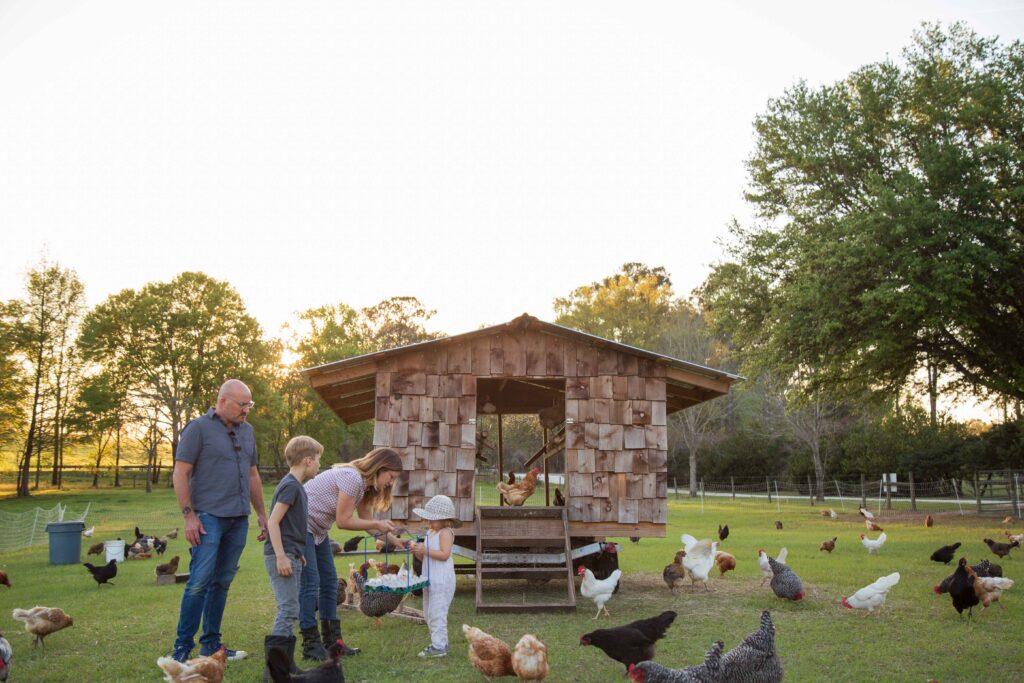
Today, massive chicken farms keep tens of thousands of chickens. They are fed on a diet that brings them to a weight of over 4.2 kilos in less than 40 days. Chickens growing naturally could expect to live up to ten years. They are slaughtered and sent to market. If these mass-produced chickens are kept alive any longer, they become too heavy and their legs can no longer hold their weight.
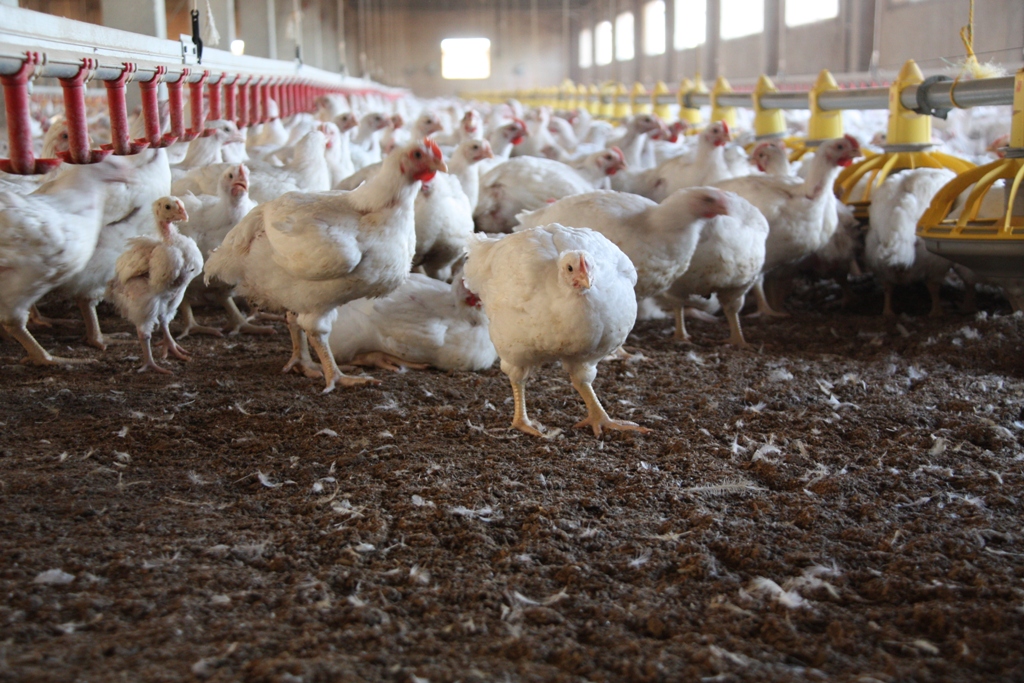
Laws have been implemented to try to control the way chickens on mass-production farms are kept, especially when it comes to disease control. However, with the expected growth in population, can we still continue to breed so many chickens to feed a world of over 8.6 billion?
Question:
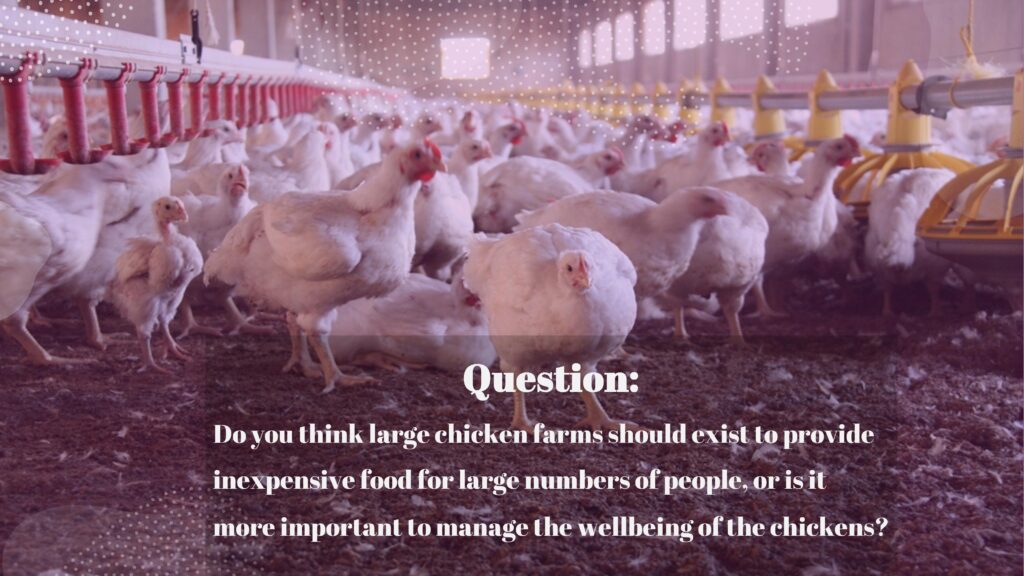
Watch how one chicken farmer in China looks after 70,000 chickens – who all seem very happy!
VOCABULARY

If you would like to comment on this article, please click on the button below which will take you to this site’s Facebook page. Please join the conversation!